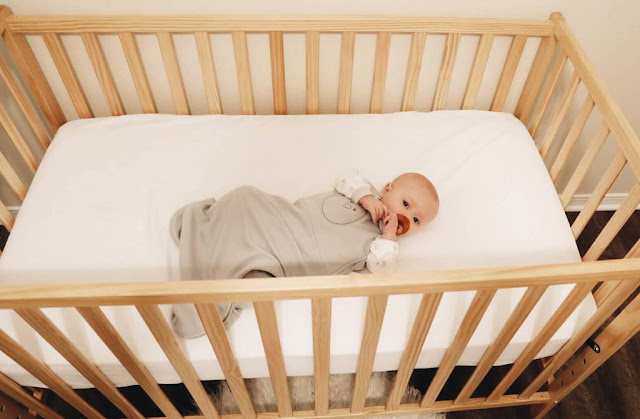6 Tricks for Caring for Newborn Skin: Newborn skin is still sensitive and prone to irritation. Therefore, do not let Mother wrong in doing baby skin care. Here are some tricks for caring for newborn skin that you can do.
 |
| 6 Tricks for Caring for Newborn Skin |
Newborn skin should not be in contact with chemicals, detergents and fragrances. In fact, not all types of baby skin care products can be used. This is because the skin condition of a newborn baby is still very sensitive, and the immune system is also still weak, so it is prone to rashes or irritations on the skin.
To maintain and care for newborn skin, here are some tricks you can do:
1. Don't take a shower too often
At this time, the baby's body is not so dirty that it is not necessary to bathe it often. Bathing more than three times a week can erode natural oil levels on the surface of the skin. In fact, the oil serves to keep the baby's skin moist.
Until the age of 1 month or more, the mother is enough to clean the body of the Little One by wiping the surface of the skin using a wet towel, 2-3 times a week.
Especially for the mouth and genital area, you can clean with a little water or add special cleansing soap for babies. Avoid using bar soap or soaking the baby in soapy water. Choose liquid soap made from soft to keep the skin moist.
2. Take care of the scalp
The scalp of a newborn usually looks dry or flaking like dandruff. In more severe conditions, the baby's scalp can be filled with patches of skin hardening like yellow, thick, and oily scales.
This condition is harmless and can usually disappear on its own after several months. The mother can scrape the scales by washing her hair every day using a special baby shampoo.
Gently massage the baby's head to help shed the scales, then comb the hair using a baby comb so that the scales can be released. After that, rinse the head with clean water.
3. Keep skin moist
It is recommended to apply fragrance-free moisturizer to the baby's skin after bathing, to prevent the skin from drying out. Creamy moisturizing products are preferred over lotions.
4. Prevent diaper rash
Diaper rash is a very common thing for babies. To prevent this from happening, Mother is advised to change her diaper often when it is wet or dirty from feces.
In addition, for the Little Thigh's fold to not be irritated, Mother can apply petroleum jelly and leave it to dry before putting on a diaper.
5. Protect from direct sunburn
Morning sun exposure is good for meeting vitamin D needs in infants. But remember, avoid direct sunlight exposure to newborns. Keep wearing clothes on your little one and use an umbrella or hat for additional protection.
6. Choose special baby detergents
Given that baby's skin is still sensitive, you also need to be careful when choosing detergents when washing your baby's clothes. We recommend that you choose detergents that do not contain fragrances and dyes, for the safety of your little one.
Caring for newborn skin requires patience and caution because the skin is still thin and sensitive. You can do the above methods to help minimize the risk of irritation to your baby's skin. If your skin is irritated, you should consult your pediatrician to get safe treatment.











